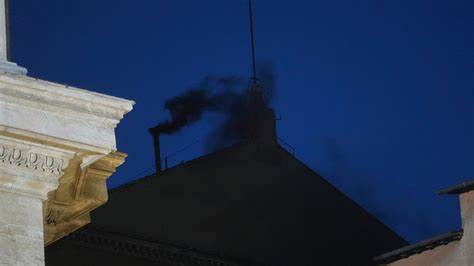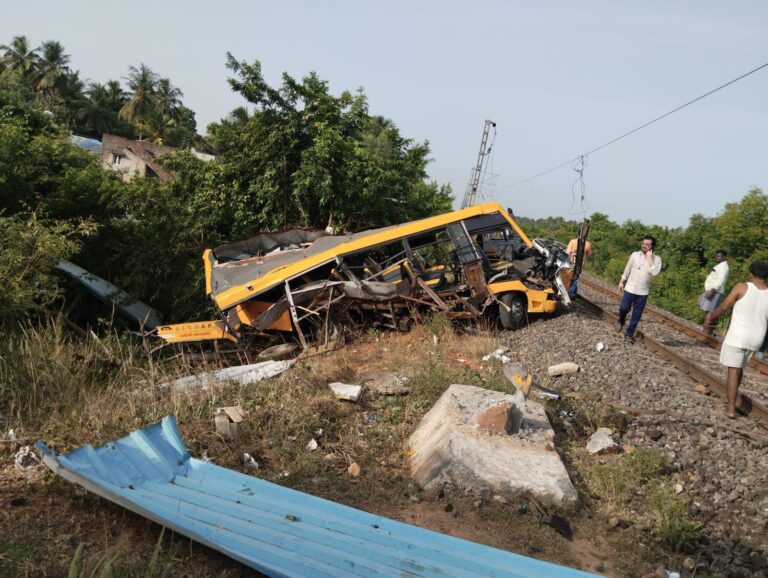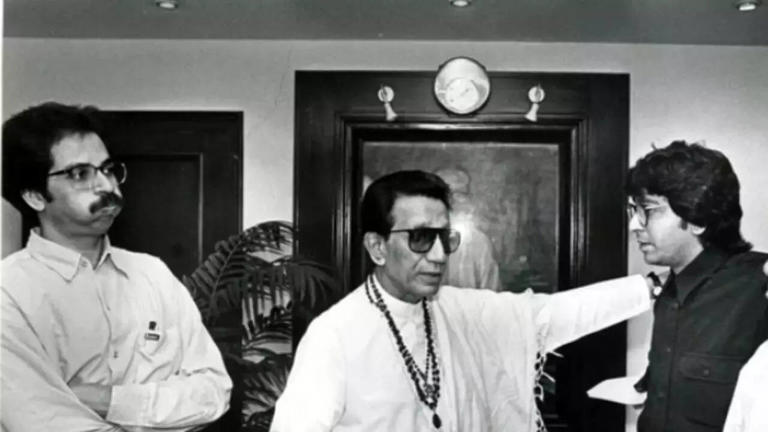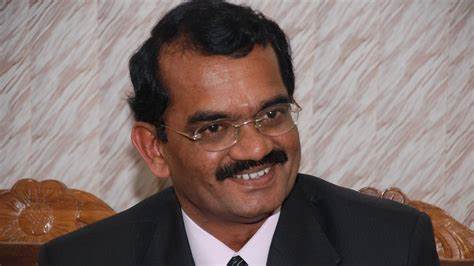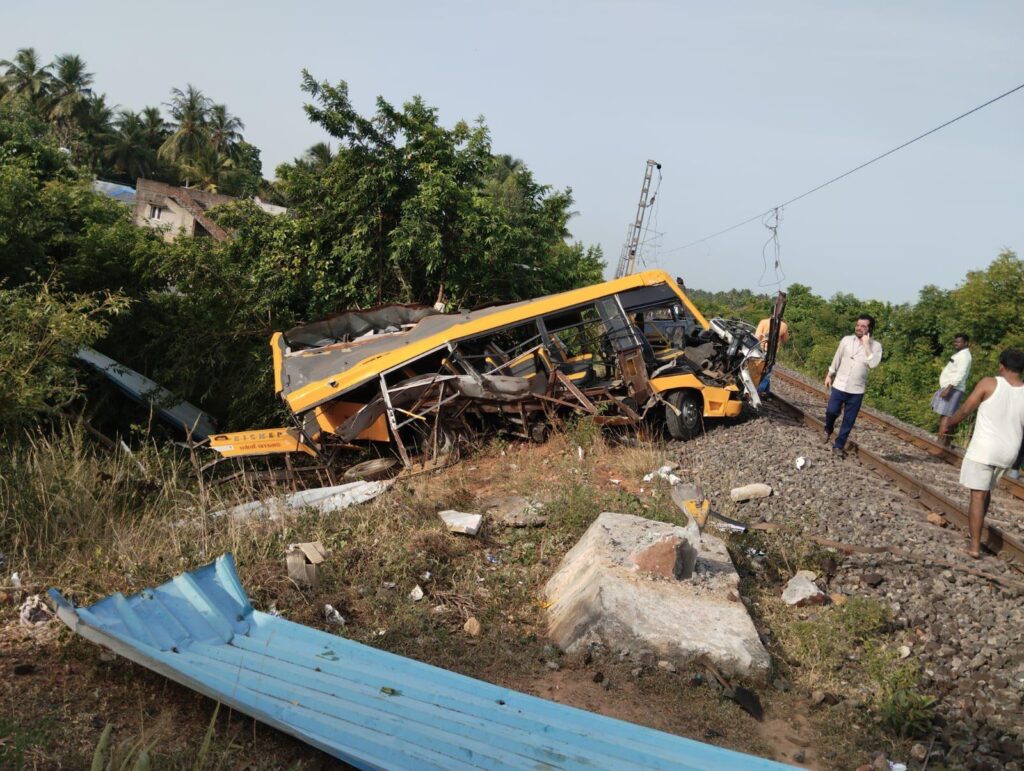Understanding the Papal Election Process and What the Smoke Signals Mean
On May 8, 2025, black smoke emerged from the Sistine Chapel’s chimney, signaling that the first round of voting to elect a new Pope had failed. On Wednesday, May 7, 2025, the 133 cardinal electors gathered in the Sistine Chapel to begin the process of selecting a successor to Pope Francis. As reported black smoke was seen rising from the chapel’s chimney, indicating that no candidate received the necessary two-thirds majority in the first round of voting. The cardinals, barred from contact with the outside world, are deliberating in secrecy to choose the next leader of the Catholic Church. The conclave will continue with multiple voting rounds each day until a new Pope is elected, at which point white smoke will rise from the chimney to announce the decision.

What Do the Black and White Smoke Signals Mean?
The smoke signals from the Sistine Chapel are a traditional way to communicate the conclave’s progress to the world. Black smoke, as seen on May 7, signifies that the cardinals did not reach a consensus, meaning no candidate secured the required two-thirds majority (at least 89 votes out of 133 in this case). Historically, this is achieved by burning the ballots with a chemical additive to produce black smoke. In contrast, white smoke indicates that a new Pope has been elected, with the ballots burned using a different chemical to create the white color. This practice dates back centuries and allows the public, gathered in St. Peter’s Square, to follow the election process in real time. The white smoke is often accompanied by the ringing of bells to confirm the election.
How Does the Papal Conclave Work?
The papal conclave is a highly structured and secretive process to elect a new Pope. It begins after the death or resignation of the previous Pope, in this case, Pope Francis. Cardinals under the age of 80—133 in 2025—are eligible to vote and gather in the Sistine Chapel. They are isolated from the outside world, with no access to phones or media, to ensure an independent decision. Voting occurs in rounds, with up to four ballots per day (two in the morning, two in the afternoon). A candidate needs a two-thirds majority to be elected. If no one achieves this, the ballots are burned with a chemical to produce black smoke. Once a Pope is chosen, the ballots are burned to produce white smoke, and the new Pope is announced with the words “Habemus Papam” (We have a Pope) from the balcony of St. Peter’s Basilica.


